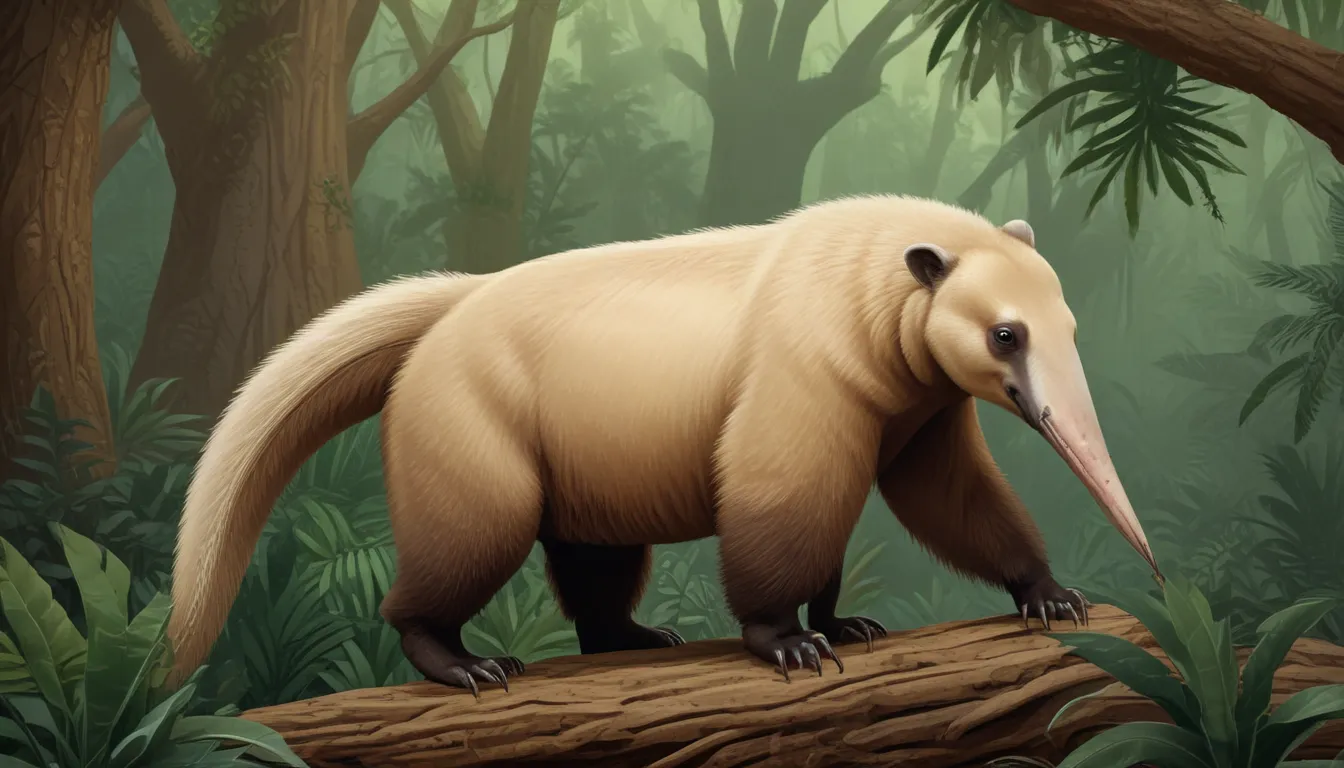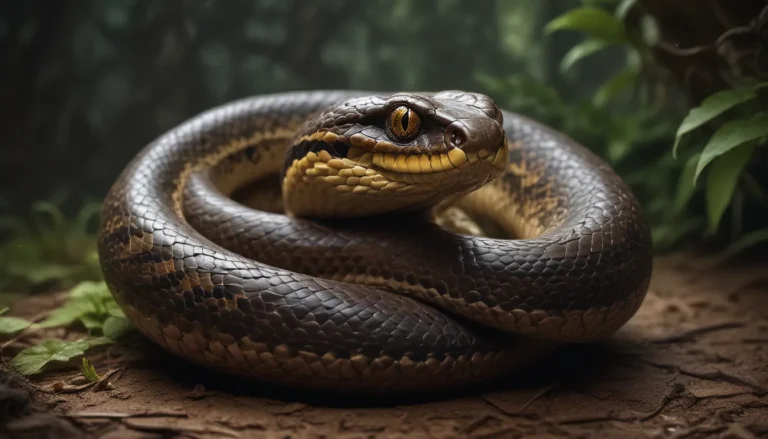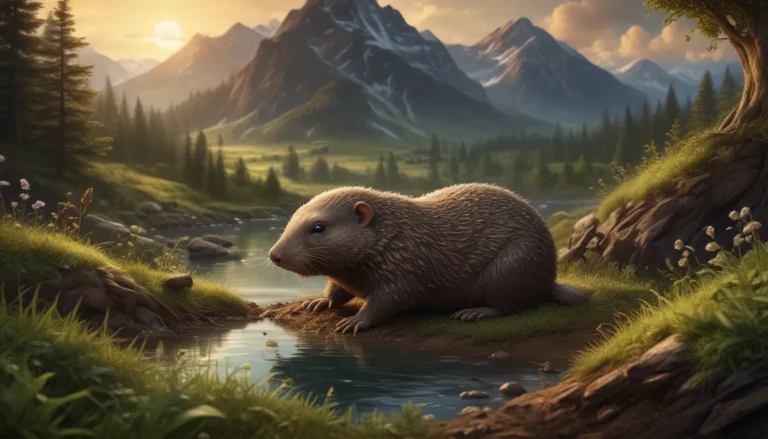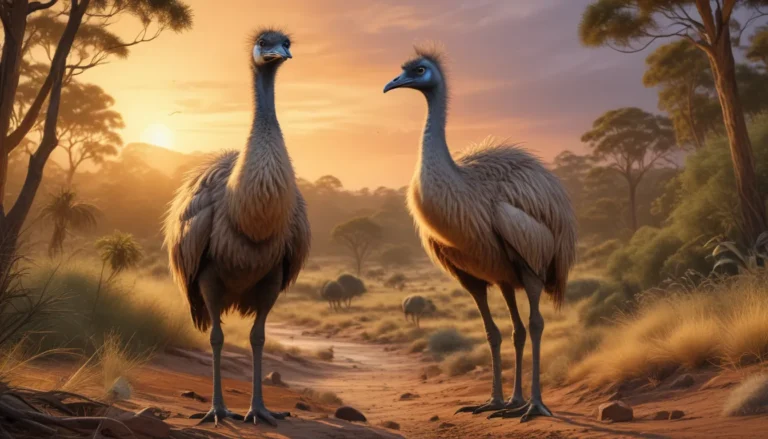The pictures we use in our articles might not show exactly what the words say. We choose these pictures to make you interested in reading more. The pictures work together with the words but don’t take their place. The words still tell you the important facts.
Welcome to the enchanting realm of anteaters, where unique creatures with long snouts and sticky tongues roam the forests of Central and South America. In this article, we will embark on a journey to uncover 15 captivating facts about these remarkable animals. From their diverse species to their specialized adaptations for thriving in their habitats, anteaters are sure to capture your imagination and inspire awe.
Unveiling the Anteater Family
Anteaters belong to the family Vermilingua, which translates to “worm tongue” in Latin. Within this family, four distinct species reign supreme: the giant anteater, silky anteater, northern tamandua, and southern tamandua. Each species boasts its own unique characteristics and adaptations that make them truly fascinating creatures.
The Giant Anteater: Majestic in Size
The giant anteater, scientifically known as Myrmecophaga tridactyla, holds the title of the largest anteater species. Stretching up to 7 feet in length, including its tail, and weighing between 40 and 100 pounds, these majestic giants are known for their small heads and long snouts, which they use skillfully to seek out ants and termites.
The Delicate Silky Anteater
In stark contrast to its giant counterpart, the silky anteater, also referred to as Cyclopes didactylus, is the smallest species among anteaters. Measuring a mere 4 to 5 inches in length, excluding its tail, which can add an additional 6 to 7 inches, these delicate creatures are adorned with dense, silky fur ranging from pale beige to dark brown.
Embracing the Tamanduas
Tamanduas, the medium-sized anteaters of the family, come equipped with prehensile tails that enable them to grip and hang onto tree branches with ease. The northern tamandua (Tamandua mexicana) and the southern tamandua (Tamandua tetradactyla) showcase a striking black-and-white coloration that serves as a form of camouflage in their lush forest habitats.
![Image from Wallpapers.com]
A Peek Into Anteater Habitats
Anteaters can be spotted in a variety of habitats, including forests, grasslands, and savannas, predominantly in the regions of Central and South America. While the specific habitat preferences may vary among different species, all anteaters share a common need for environments brimming with ants and termites, their primary source of sustenance.
The Unique Feeding Habits of Anteaters
Anteaters possess an extraordinary adaptation for dining on ants and termites, courtesy of their long, sticky tongues. These specialized tongues, extending up to two feet in length, are coated with sticky saliva that enables them to effortlessly capture their prey. Remarkably, in just one minute, an anteater can flick its tongue in and out more than 150 times to seize thousands of insects.
Decoding the Anteater’s Snout
The quintessential tool for an anteater's culinary endeavors is its elongated and tubular snout, reminiscent of a straw and devoid of teeth. Employing their snouts skillfully, anteaters penetrate ant and termite mounds, shattering them open and relishing the insects with their tongues. Enhanced with robust muscles, the snout grants anteaters the ability to dismantle termite nests with finesse.
An Efficient Digestive System at Work
To extract maximum nutritional value from their insect-rich diet, anteaters have evolved an efficient digestive system devoid of teeth for chewing. Ingesting copious amounts of ants and termites whole, anteaters rely on their robust stomachs and intestines to breakdown and digest the insects effectively.
![Image from Pinterest]
Embracing a Slow Metabolism
A feature that sets anteaters apart is their leisurely metabolic rate, facilitating energy conservation and sustenance on their specialized diet. Thriving in a low-energy lifestyle, anteaters subsist on a modest daily intake of ants and termites. For instance, giant anteaters consume approximately 35,000 ants and termites daily, while smaller species require fewer insects for sustenance.
The Enigmatic Sense of Smell
A noteworthy attribute of anteaters lies in their exceptional olfactory prowess, heightened by their elongated snouts equipped with a sensitive sense of smell. This keen olfactory sense aids anteaters in detecting the scent of ants and termites from significant distances, allowing them to pinpoint their food sources with remarkable accuracy.
Nighttime Prodigies: The Nocturnal Anteaters
Most anteaters are nocturnal beings, exhibiting peak activity during the nighttime hours to evade the blazing daytime heat and potential predators. This nocturnal lifestyle harmonizes with the activity patterns of their prey, as ants and termites tend to be more active during the cooler cover of night.
Embracing Solitude: The Solo Lifestyle of Anteaters
Anteaters are solitary beings that prefer the tranquility of solitude over communal living arrangements. Each individual stakes out its own territory, marked with scent glands on its hindquarters. While their territories may overlap, anteaters generally steer clear of encounters with fellow denizens unless it's the breeding season.
Anteaters and Predators: A Covert Defense Strategy
Despite their sturdy demeanor, anteaters prioritize a passive defense strategy when confronted by adversaries. Their innate ability to blend seamlessly into their environs and remain motionless under duress is their primary defense mechanism. Ensconced in coarse fur that mirrors tree bark, anteaters enjoy effective camouflage against potential threats like jaguars and large birds of prey.
![Image from Pinterest]
Continued Endeavors: Reproduction and Offspring
Anteaters exhibit a leisurely reproductive pace, with female anteaters birthing a solitary offspring at a time. The gestation period can range from 120 to 190 days, contingent upon the species. During the infancy stage, the young anteater, commonly known as a pup, rides atop its mother's back for the initial few months until it can fend for itself independently.
Initiatives for Conservation
The plight of anteaters is perpetually threatened by habitat loss, poaching, and vehicular accidents, culminating in a decline in their populations. The International Union for Conservation of Nature (IUCN) designates the giant anteater as vulnerable, whereas the silky anteater and tamandua species assume a least concern status. Ongoing efforts are dedicated to safeguarding anteater habitats and fostering awareness about the imperative need to preserve these charismatic creatures.
Embrace the Wonder of Anteaters
In conclusion, anteaters personify a mesmerizing fusion of adaptations that empower them to flourish in their unique habitats. From their elongated snouts and adhesive tongues to their preference for solitude and acute sense of smell, these captivating creatures invoke curiosity and reverence. By delving deeper into the realm of anteaters, we can garner a profound appreciation for their ecological significance and advocate for their preservation.
Frequently Asked Questions (FAQs)
How long can anteaters’ tongues reach?
Anteaters boast tongues that can extend up to two feet in length, enabling them to delve deep into ant and termite mounds to secure their prey.
Do anteaters consume anything besides ants and termites?
No, anteaters are predominately insectivores with a diet exclusively comprising of ants and termites.
Are anteaters perilous to humans?
Anteaters are gentle, non-aggressive creatures and pose no danger to humans. However, it is crucial to respect wild animals from a safe distance without engaging or disturbing them.
Can anteaters navigate through water?
Though not natural swimmers, anteaters exhibit the capacity to swim if circumstances demand. Through a doggy paddle motion, they can float and traverse through water sources.
Can anteaters be domesticated as pets?
Anteaters are wild entities and unsuitable for domestication as pets. Their specific dietary and environmental prerequisites make it arduous to replicate their natural habitat in a domestic setting. Many countries prohibit the ownership of anteaters as pets to safeguard their well-being and conservation.
We value your feedback and contributions to our platform, enriched by the diverse insights and information shared by real users like you. Upholding the highest standards of accuracy and authenticity, our dedicated editors meticulously review every submission, ensuring our content is both fascinating and credible. Trust in our commitment to quality and genuineness as you embark on a journey of exploration and learning with us.






